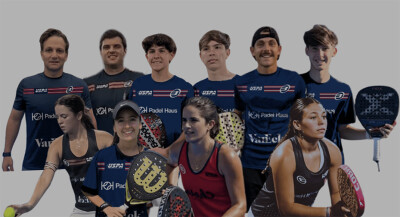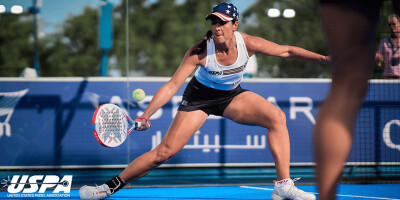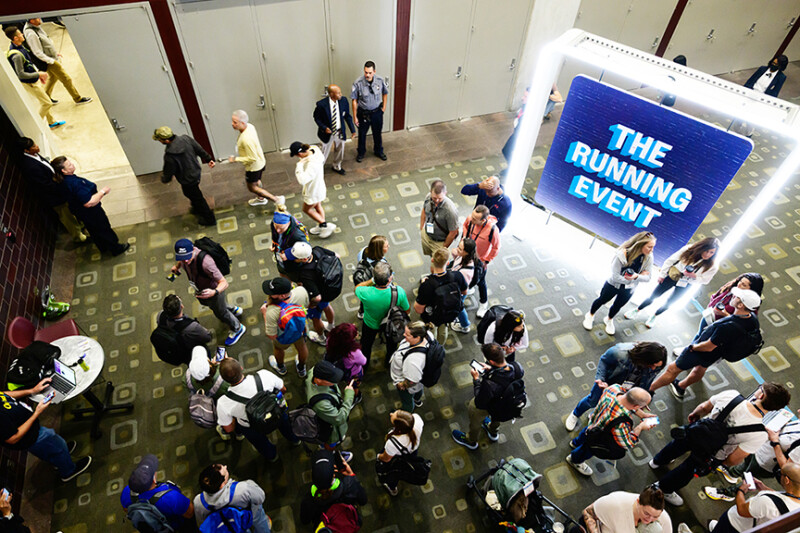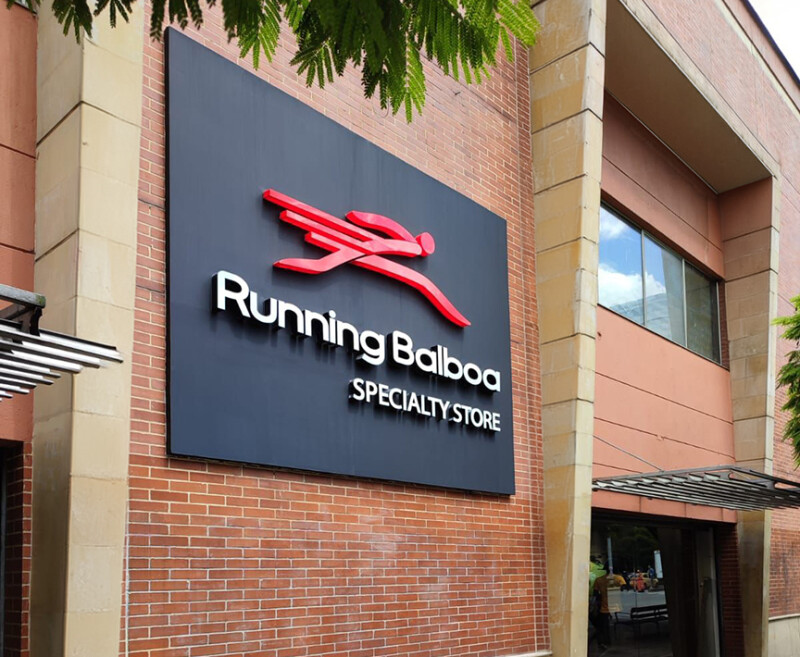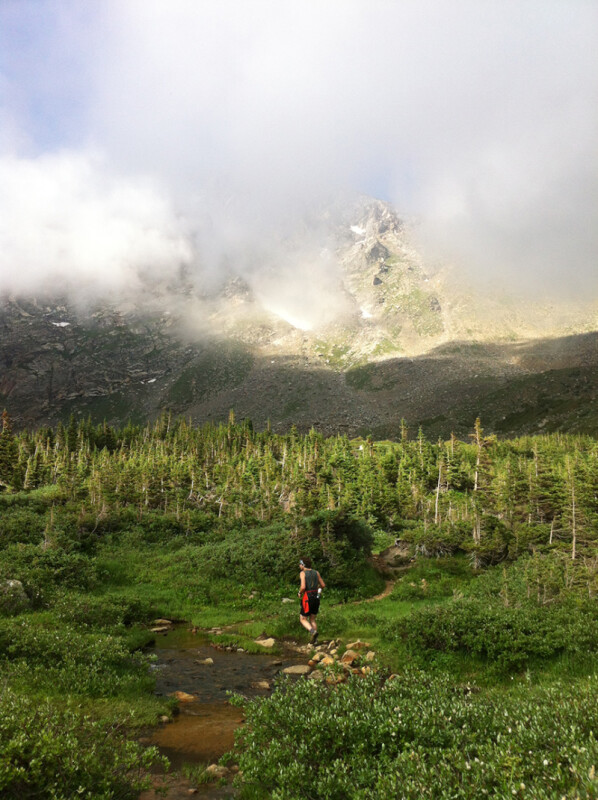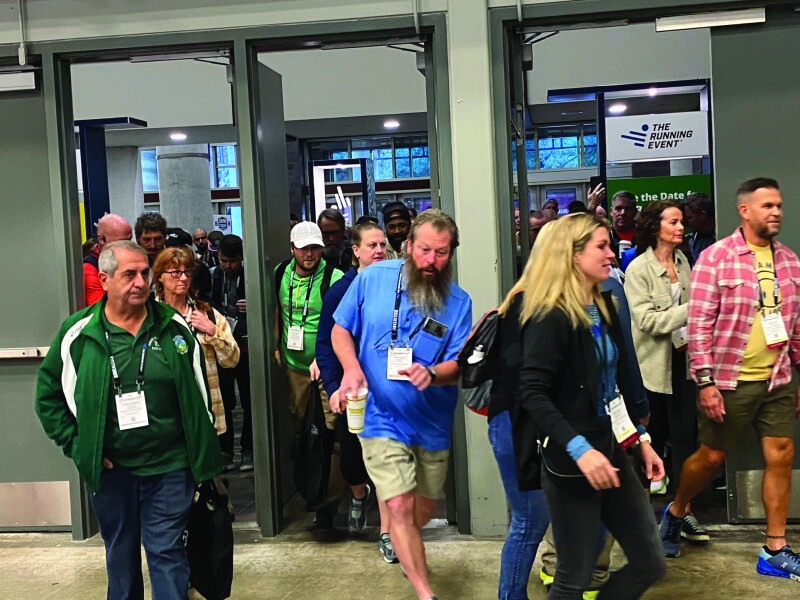For the past two Running Event trade shows in Austin the emerging sport of pickleball took center stage – well, more like a corner stage in the expansive Austin Convention Center – and number of run specialty retailers discovered it could be an additional product category for a similar customer. And now, just as these retailers are getting a handle on that activity comes another paddle sport that may soon rival it as “the fastest-growing sport in America.”
We’re talking about padel – pronounced either “pa-DEL” or just plain “paddle,” depending on who you ask. In a nutshell, it is described as “a mix between tennis and squash, with a little pickleball thrown in.”
Like its pickle predecessor, the numbers point to the remarkable growth of padel in the U.S. The most glaring: The number of padel courts in the U.S. has jumped from fewer than 30 in 2020 to more than 600 in 2024, with projections of 30,000 courts by the end of the decade, according to a new report from Syracuse University’s S.I. Newhouse School of Public Communications, produced in collaboration with the global media consultancy Padel 22.
Padel’s appeal lies in its accessibility: played in doubles, with combined elements of tennis and squash in a faster, more forgiving format. This makes it an attractive option across age groups and skill levels. But already 30 percent of U.S. players are under 25.
Spurred on by cultural factors, its social and accessible nature, significant investment in club infrastructure and elite competition and high-profile backing from celebrities and athletes – sound familiar, pickleball fans? – padel, which started in Mexico in the 1960s and grew in Europe and Latin America, is now poised for mainstream traction across the American market.
“Padel in the U.S. won’t be just a sport – it will be a cultural phenomenon,” said Ben Nichols, founder of Padel 22, citing parallels to pickleball but with broader lifestyle appeal.

Among the four factors driving padel’s expansion in the U.S.:
1. Celebrity Involvement. When you have names such as Eva Longoria, Derek Jeter, Jimmy Butler and Adam Levine involved, it can’t help but add cachet. The most high profile celeb may be Longoria, who co-founded the ElevenEleven Team USA franchise for Madrid’s Hexagon Cup. And Miami’s Reserve Cup brought padel to the attention of American sports media.
2. Community-Centered Growth. Grassroots leagues, social clubs and community leaders are fostering community in the sport
3. Media Exposure. Again like pickleball before it, you can’t open a trendy lifestyle magazine or website these days without reading about padel. In fact, more than 50 million followers are engaging with padel-related content on social media.
4. Institutional Development and Competition. A sport can’t grow without some sort of organization behind it and padel is no exception, even it its nascent days.
The United States Padel Association (USPA) has coordinated tournaments, developed junior programs and has already advocated for Olympic inclusion. The Pro Padel League, North America’s professional circuit, has expanded to 10 franchises, with plans to scale operations and enhance the spectator experience
Padel anyone?
